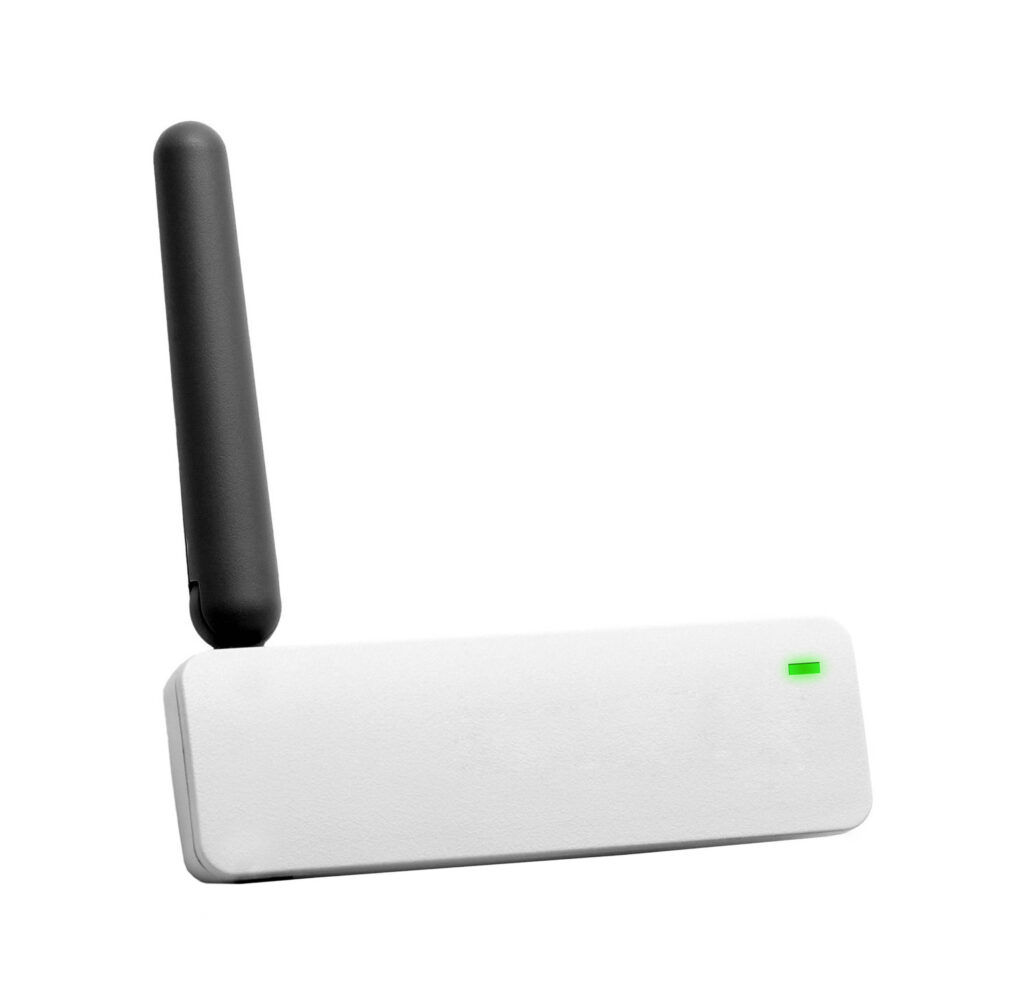OpenAI Introduces New Tools to Accelerate AI Voice Assistant Development

Introduction: OpenAI’s AI Voice Assistant Tools Speed Up Development
With the increasing demand for AI-powered voice assistants, developers need faster and more efficient ways to create intelligent, responsive, and user-friendly solutions. OpenAI has introduced a new set of AI voice assistant tools designed to accelerate the development process, enabling businesses to quickly integrate advanced voice technology into their products and services. These tools simplify the development process, making it easier to design and deploy custom voice assistants across industries.
In this article, we will explore the key features of OpenAI’s new tools, how they enhance the development process, and why they are essential for businesses looking to incorporate AI voice assistants into their operations.
Key Features of OpenAI’s AI Voice Assistant Tools
1. Streamlined Development for Faster Integration
One of the standout features of OpenAI’s AI voice assistant tools is their ability to streamline the development process. Traditionally, creating voice assistants required complex programming, voice recognition models, and natural language processing (NLP) frameworks. OpenAI’s tools simplify these tasks by providing pre-trained models, voice interfaces, and intuitive APIs that developers can quickly integrate into their systems.
This allows businesses to reduce development time and costs, enabling faster deployment of voice assistants in customer service, smart devices, or any application that requires natural voice interaction.
2. Pre-Trained Models for Natural Language Understanding
OpenAI’s AI voice assistant tools come equipped with powerful pre-trained models for natural language understanding (NLU). These models enable voice assistants to understand and respond to a wide variety of queries with remarkable accuracy. By leveraging OpenAI’s state-of-the-art NLU technology, developers can focus on building the unique features and functionalities of their voice assistants without needing to create NLU models from scratch.
The NLU models are designed to understand multiple languages and dialects, making them accessible for global businesses seeking to create multilingual voice assistants. This feature greatly enhances user experience by ensuring that the AI can interact with users in their preferred language.
For more information on natural language processing in AI, check out this guide on NLP.
3. Scalable and Customizable AI Voice Assistants
Customization is key when developing a voice assistant, as businesses often have specific requirements. OpenAI’s AI voice assistant tools offer a high degree of customization, allowing developers to tailor their voice assistants to meet the unique needs of their industry or application. From customizing voice responses to implementing specific workflows, these tools provide the flexibility needed to create personalized experiences for users.
Moreover, OpenAI’s tools are scalable, meaning they can handle growing user demands without performance issues. Whether a business is developing a simple FAQ chatbot or a complex, multi-functional voice assistant, OpenAI’s platform is built to scale with the project, ensuring reliable performance as user interactions increase.
Why These AI Voice Assistant Tools Matter for Businesses
4. Enhancing Customer Service with AI Voice Assistants
Incorporating AI voice assistant tools into customer service systems offers numerous benefits for businesses. By automating common customer queries, voice assistants reduce the workload on human customer service representatives, allowing them to focus on more complex tasks. This leads to faster response times, improved customer satisfaction, and reduced operational costs.
Voice assistants equipped with OpenAI’s tools can also provide 24/7 customer support, ensuring that users can always access assistance, even outside of business hours. This is especially important for global businesses that need to cater to customers in different time zones.
Read More Articles Like This: Click Here!
5. Revolutionizing Smart Devices with Voice Control
The growing smart home and smart device market is another area where AI voice assistant tools are making an impact. OpenAI’s tools enable developers to integrate voice control into devices such as smart speakers, thermostats, security systems, and home automation products. With natural language processing capabilities, users can interact with their devices using conversational commands, making smart technology more intuitive and accessible.
By integrating OpenAI’s AI voice tools, manufacturers of smart devices can offer enhanced user experiences, allowing for seamless, hands-free control of their products.
Conclusion: OpenAI’s AI Voice Assistant Tools Unlock New Possibilities
The release of OpenAI’s AI voice assistant tools marks an exciting development for businesses and developers seeking to innovate with voice technology. These tools provide a faster, more efficient way to create intelligent, responsive voice assistants that can enhance customer service, power smart devices, and streamline internal processes.
With customizable, scalable solutions that integrate cutting-edge natural language understanding, OpenAI is empowering developers to bring sophisticated voice assistants to market with less effort and more impact. Whether you’re a business looking to automate customer interactions or a developer aiming to integrate voice control into your products, OpenAI’s tools offer the perfect solution.


























































































